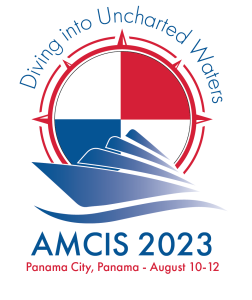Loading...
Paper Type
ERF
Description
The phenomenon of Technostress (TS) - the stress experienced by end-users of Information and Communication Technologies (ICTs) - is often considered as a dark side of technology use. TS creators, factors that create TS, is a second-order construct with dimensions techno-overload, techno-invasion, techno-complexity, techno-insecurity, and techno-uncertainty. This study takes a holistic approach by proposing how the complex interactions among individual characteristics, IT features, and environmental factors influence employees’ perceptions of TS creators. Based on past research, we include three personality traits, i.e., neuroticism, personal innovativeness in IT, and IT mindfulness for individual characteristics. Additionally, two technological features, presenteeism and anonymity, are considered, while literacy facilitation, technical support provision, and social support are the environmental factors. Data will be collected using an online survey from full-time employees and analyzed using fuzzy sets qualitative comparative analysis (fsQCA). We also discuss the expected results and contribution of the study.
Paper Number
1168
Recommended Citation
Mahapatra, Monalisa and Cameron, Ann-Frances, "A Configurational Approach to Examine Technostress Creators" (2023). AMCIS 2023 Proceedings. 3.
https://aisel.aisnet.org/amcis2023/sig_adit/sig_adit/3
A Configurational Approach to Examine Technostress Creators
The phenomenon of Technostress (TS) - the stress experienced by end-users of Information and Communication Technologies (ICTs) - is often considered as a dark side of technology use. TS creators, factors that create TS, is a second-order construct with dimensions techno-overload, techno-invasion, techno-complexity, techno-insecurity, and techno-uncertainty. This study takes a holistic approach by proposing how the complex interactions among individual characteristics, IT features, and environmental factors influence employees’ perceptions of TS creators. Based on past research, we include three personality traits, i.e., neuroticism, personal innovativeness in IT, and IT mindfulness for individual characteristics. Additionally, two technological features, presenteeism and anonymity, are considered, while literacy facilitation, technical support provision, and social support are the environmental factors. Data will be collected using an online survey from full-time employees and analyzed using fuzzy sets qualitative comparative analysis (fsQCA). We also discuss the expected results and contribution of the study.
When commenting on articles, please be friendly, welcoming, respectful and abide by the AIS eLibrary Discussion Thread Code of Conduct posted here.



Comments
SIG ADIT